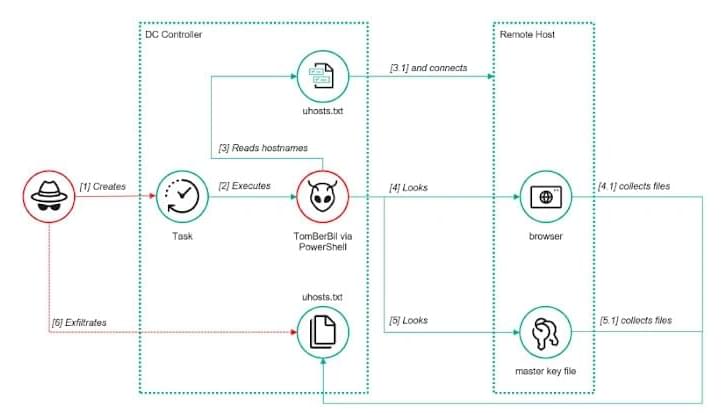MIT researchers discovered that the prefrontal cortex doesn’t just send generic control signals—it tailors its messages to different brain regions based on arousal and movement.








“Campaign leverages fake adult websites (xHamster, PornHub clones) as its phishing mechanism, likely distributed via malvertising,” Acronis said in a new report shared with The Hacker News. “The adult theme, and possible connection to shady websites, adds to the victim’s psychological pressure to comply with sudden ‘security update’ installation.”
ClickFix-style attacks have surged over the past year, typically tricking users into running malicious commands on their own machines using prompts for technical fixes or completing CAPTCHA verification checks. According to data from Microsoft, ClickFix has become the most common initial access method, accounting for 47% of attacks.
The latest campaign displays highly convincing fake Windows update screens in an attempt to get the victim to run malicious code, indicating that attackers are moving away from the traditional robot-check lures. The activity has been codenamed JackFix by the Singapore-based cybersecurity company.



Risk management company Crisis24 has confirmed its OnSolve CodeRED platform suffered a cyberattack that disrupted emergency notification systems used by state and local governments, police departments, and fire agencies across the United States.
The CodeRED platform enables these agencies to send alerts to residents during emergencies.
The cyberattack forced Crisis24 to decommission the legacy CodeRED environment, causing widespread disruption for organizations that use the platform for emergency notifications, weather alerts, and other sensitive warnings.